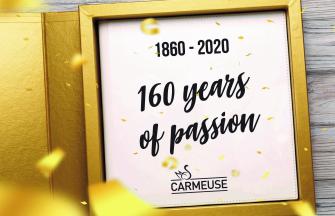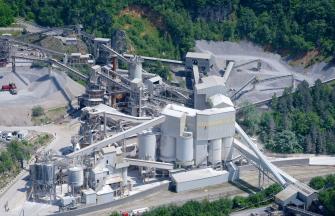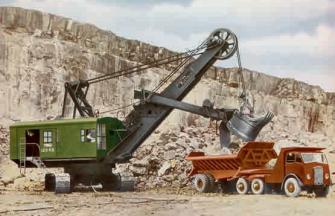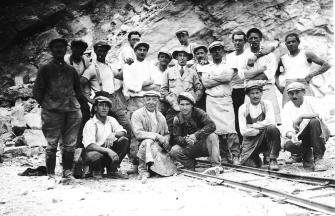
Our History

Carmeuse Celebrates 160 Years of Passion
In 160 years, we have improved the everyday lives of those around us and helped build solutions that make our water and air cleaner.
We helped agriculture grow and sustain the food we need, made buildings stronger, and roads safer around the world. For industries, communities, and life.
And this is just the beginning!

This Period Marks the Second Wave of Geographical Expansion for Carmeuse
The company develops operations in more geographical areas of Europe and Africa while expanding in Thailand and Brazil.
These years signify an important turn of events for Carmeuse: the company takes a completely different direction and starts moving from lime and limestone production to advanced service offerings.
In 2017, Carmeuse acquired STT, now known as Carmeuse Systems in Canada, followed by the founding of TecforLime in 2018. With these two platforms, Carmeuse now offers technical expertise, equipment building, technology support to all end-markets, and tailoring solutions for each situation.
At the Turn of the Century, Carmeuse Took on a New Dimension in Central Europe
The company is now one of the major producers of lime and limestone related products, used in numerous applications for daily and essential needs.
In 2003, Rodolphe Collinet becomes the new CEO of Carmeuse.
During the following years, Carmeuse consolidates its leading position in the North American market, after making the largest acquisition in its history in 2008.

In the 1980s, We Witness the First Wave of Geographical Expansion for Carmeuse
The company starts to expand and cross borders, beginning with Europe: Italy, France and The Netherlands, followed by North America and Turkey in the 1990s.
The first steps of Carmeuse on the African continent were made in 1995.

In 1953, the Swan Becomes the Logo of Carmeuse and it Still Symbolizes Our Company Today
The first “Carmeuse-Polysius” rotary kiln makes it possible to obtain lime that is purer and more reactive. This new technology reduced the grain size from 60 to 10 mm while reducing the heat consumption by 35%.
The 1960s were characterized by an awareness of the impact of human activities on the environment. For lime production, this meant increasing pressure to reduce dust and blast vibrations.

By the late 1930s, Carmeuse industrial facilities begin to modernize. Technological advances lead to improved productivity and quality.
Stonecutters disappear.

The Adventure Begins with Léon Collinet in 1860, Near the “Meuse” in Belgium, in a Place Famous for its Pure Limestone
Carmeuse succeeded in bringing together several independent quarries to become one of the major Belgian players and in getting through the wars and crises of the 20th century.
Beyond the figures, balance sheets, difficulties and successes, this is the story of a great adventure. The story of thousands of "Carmeusians" who, throughout a century and a half of work, passion and commitment, contributed to making Carmeuse a Belgian industry flagship worldwide.

